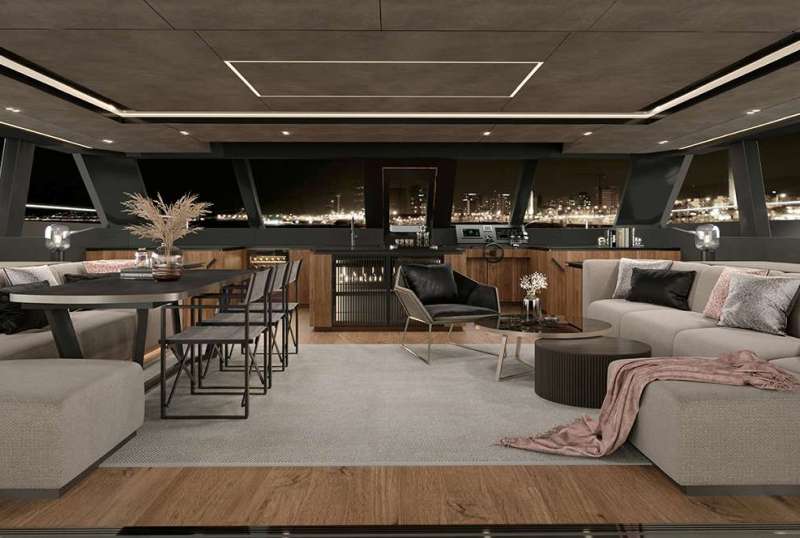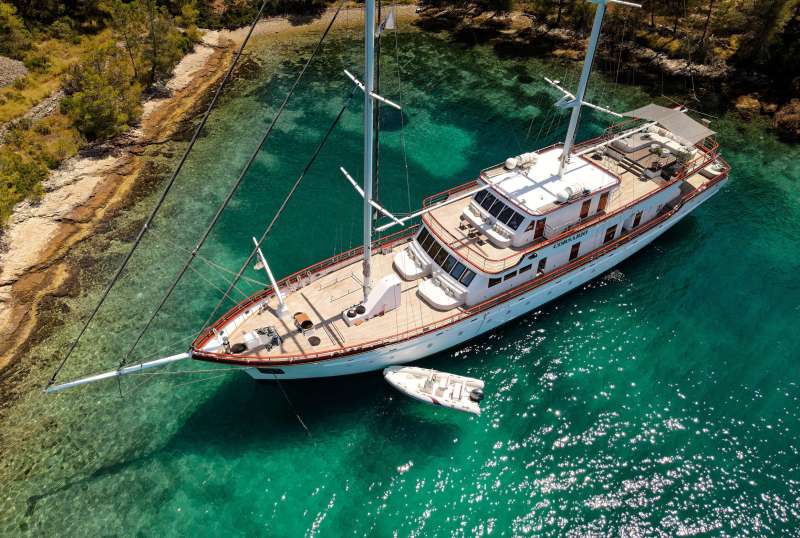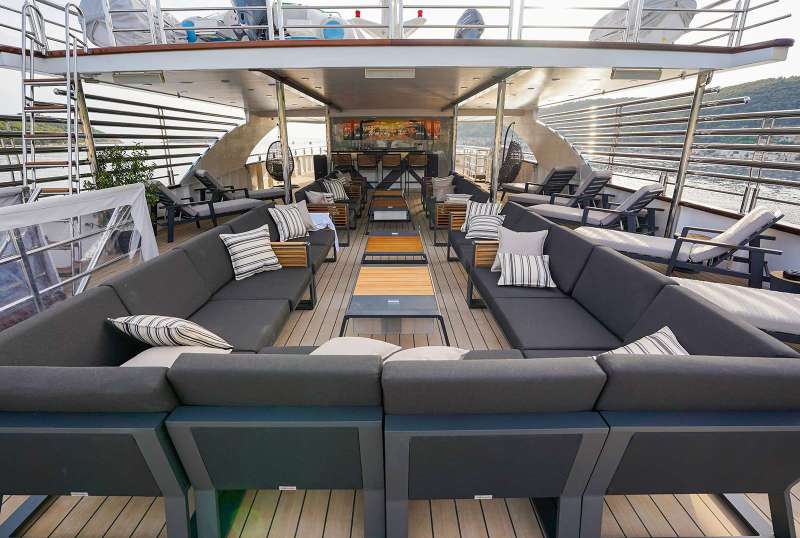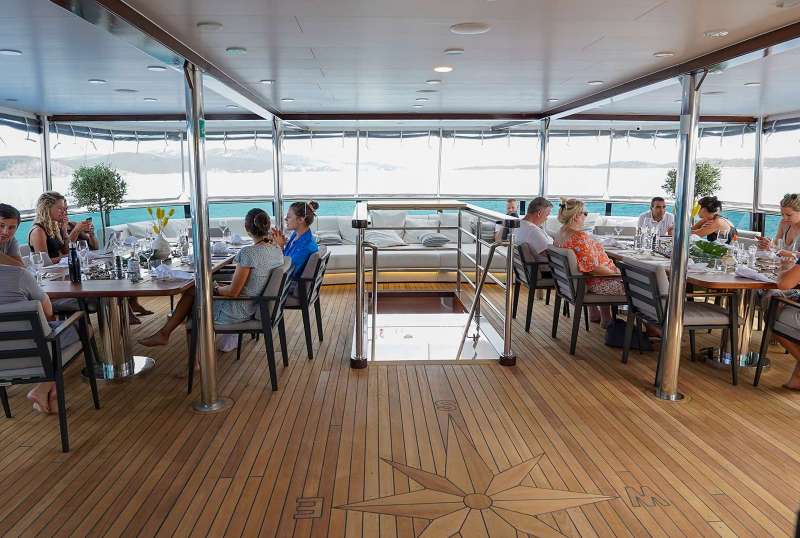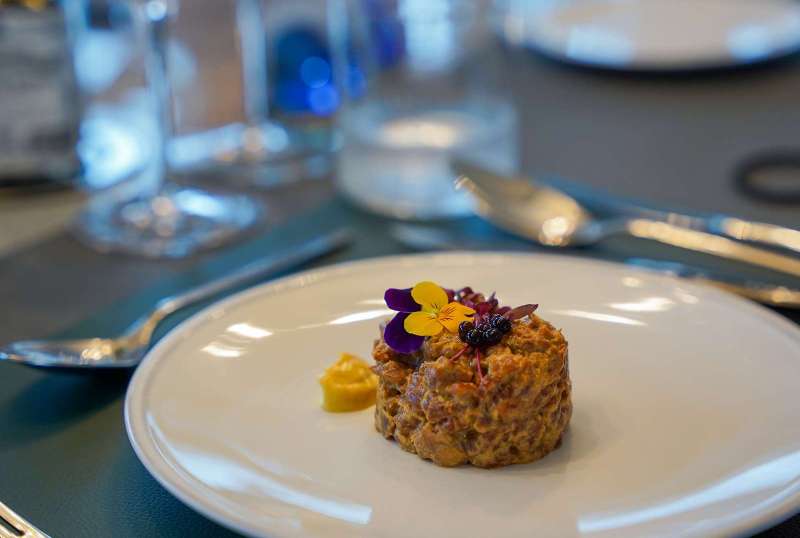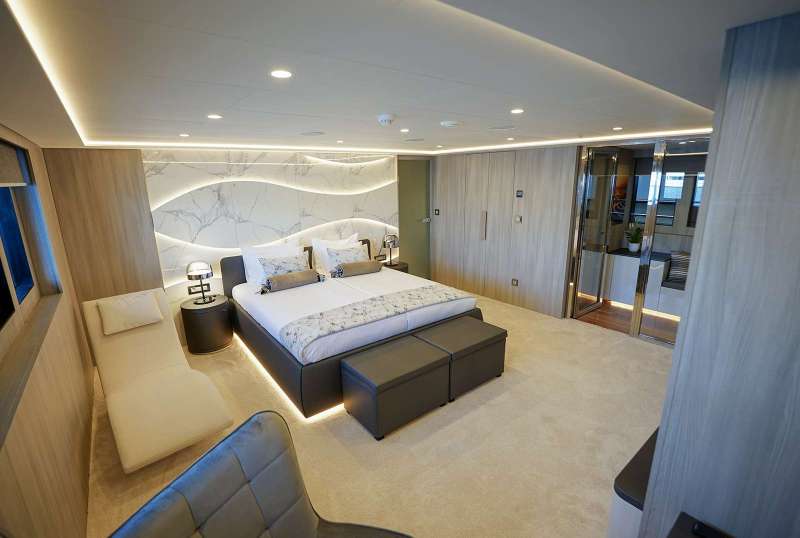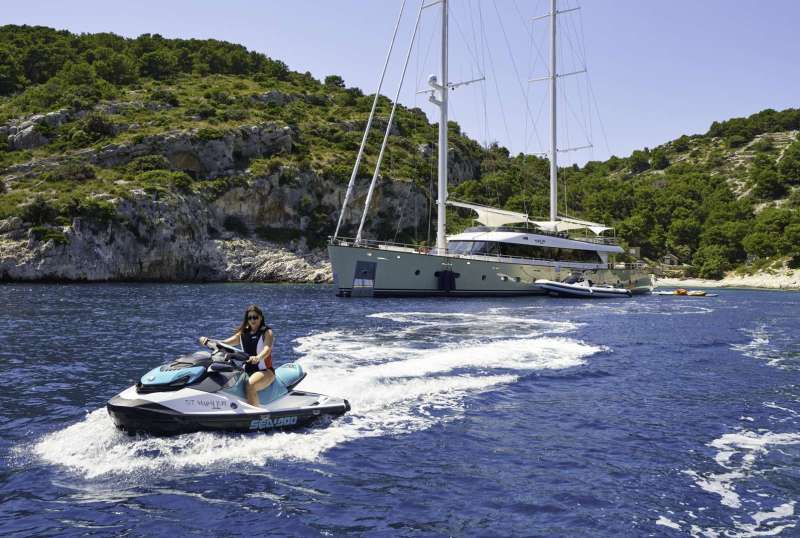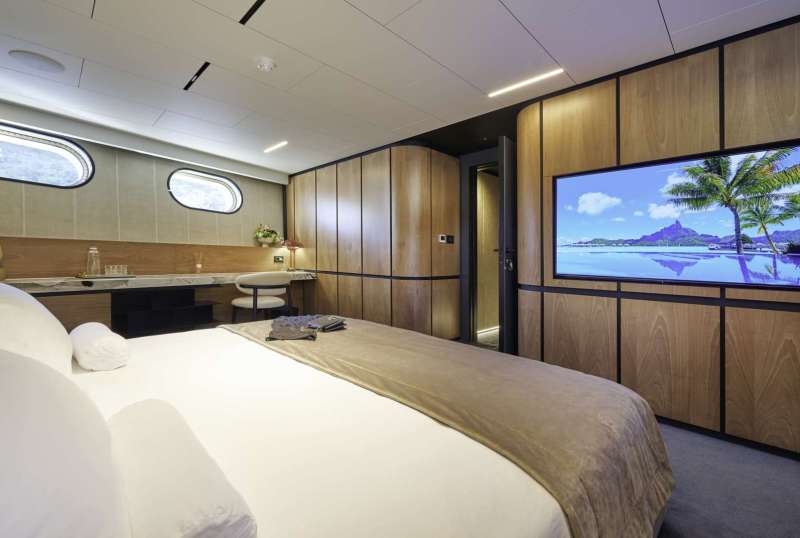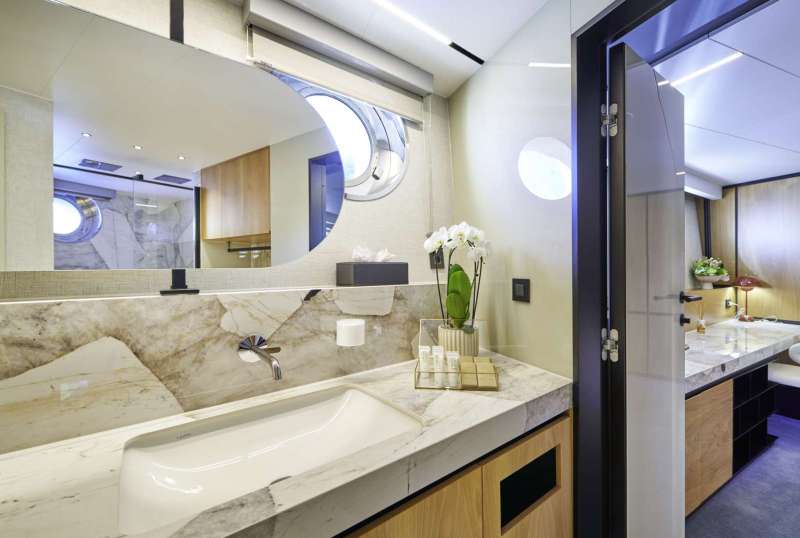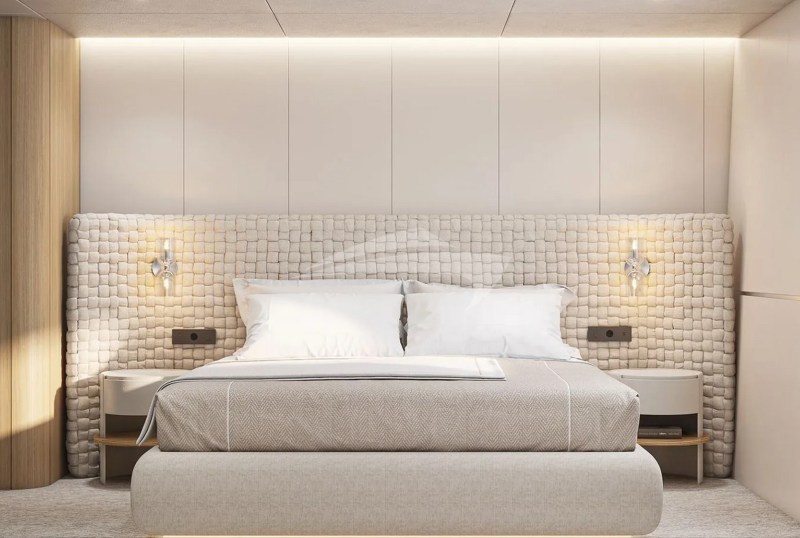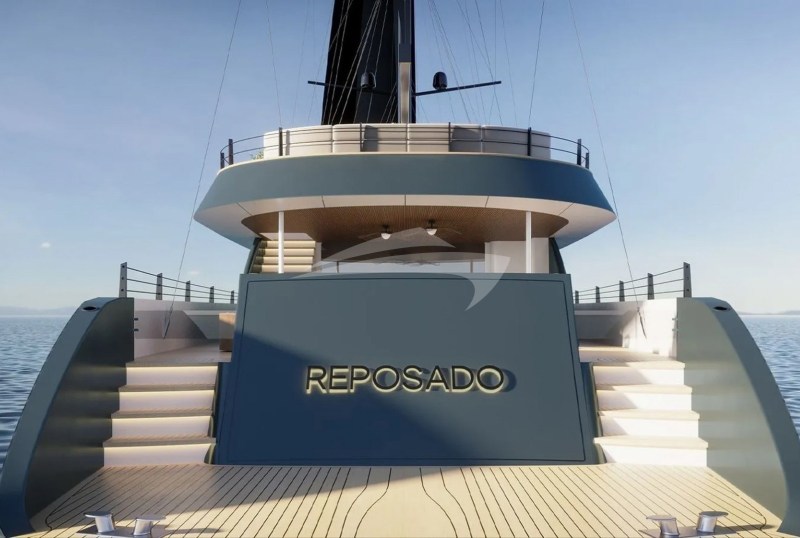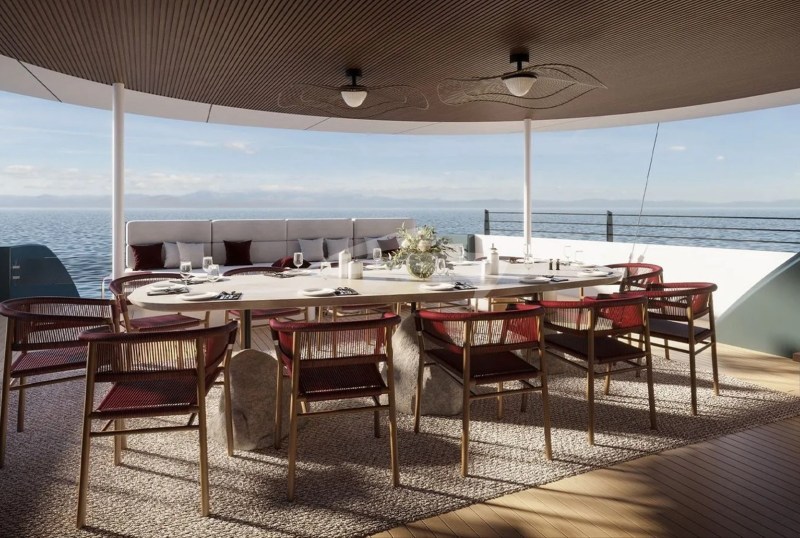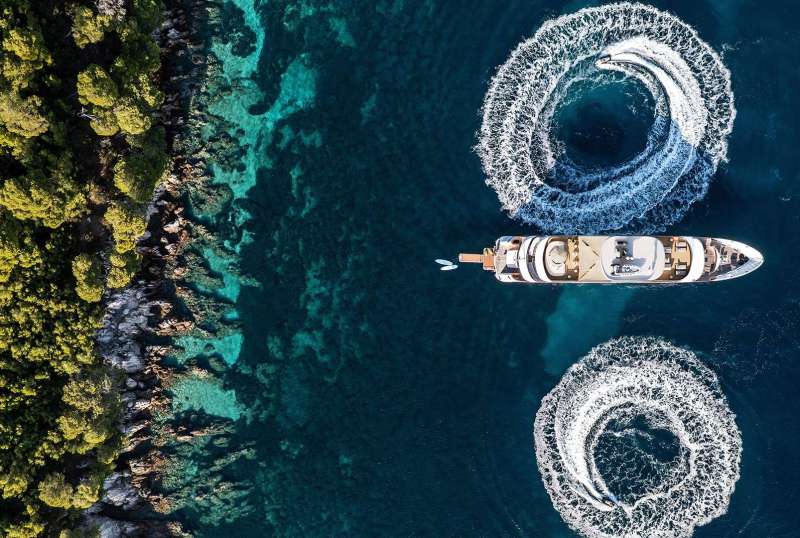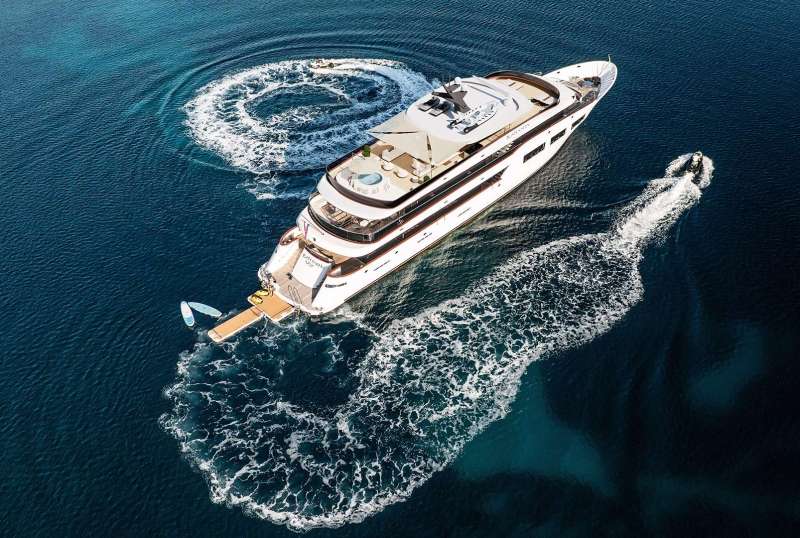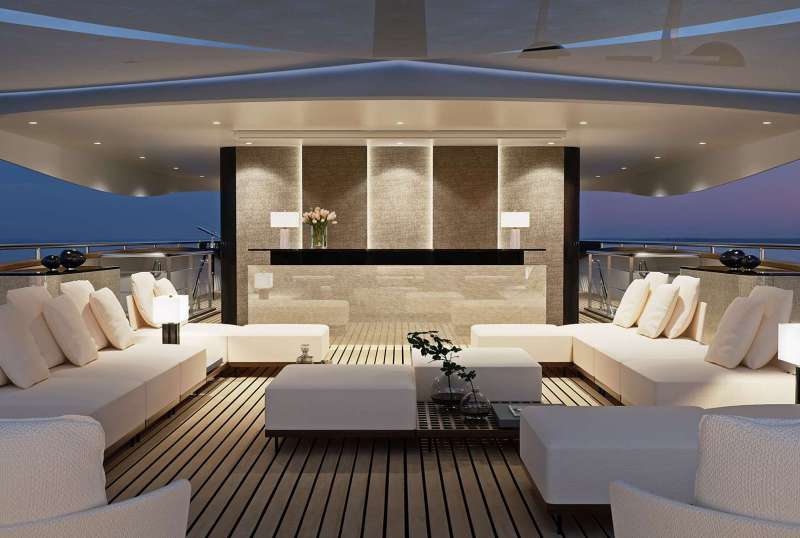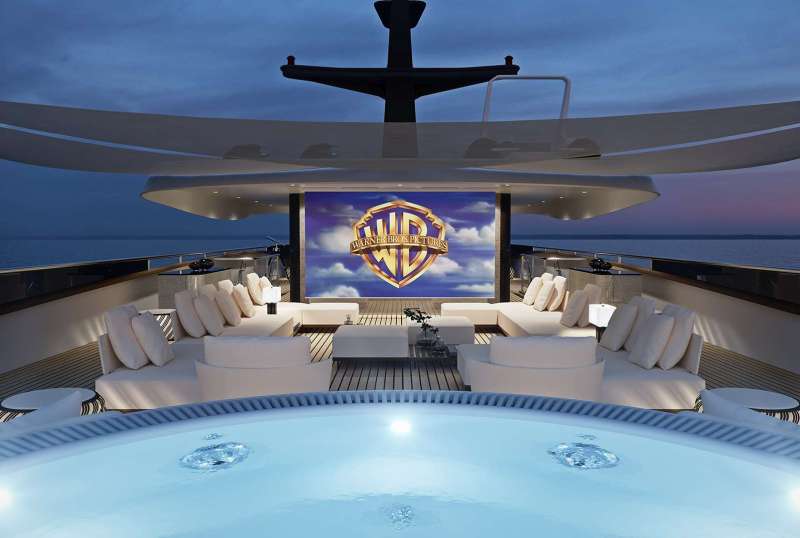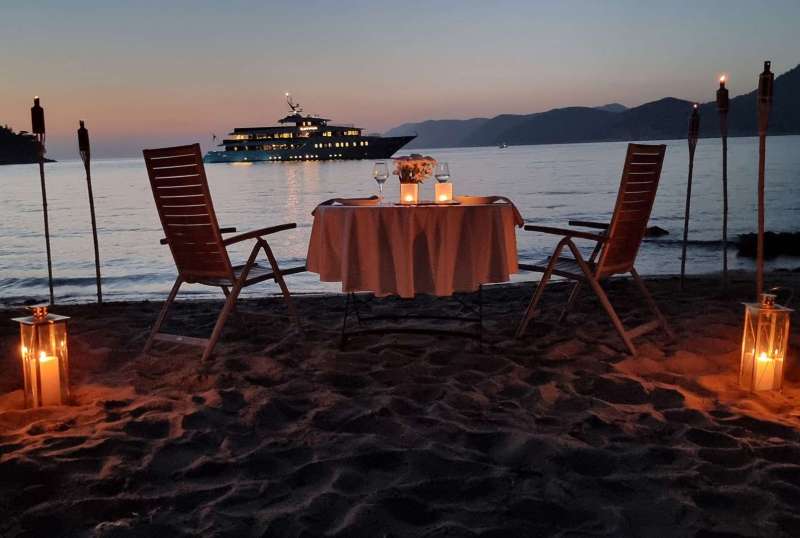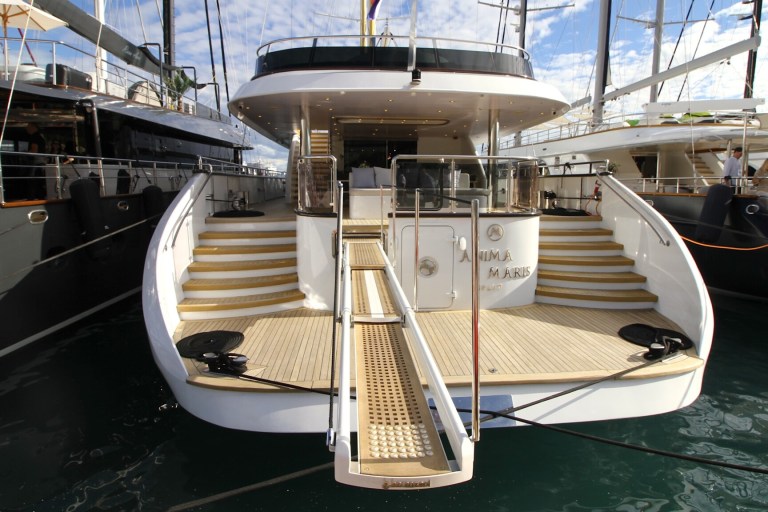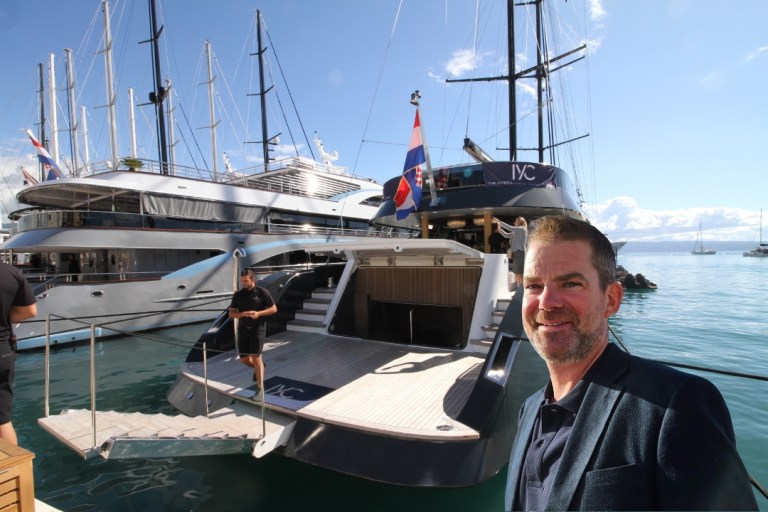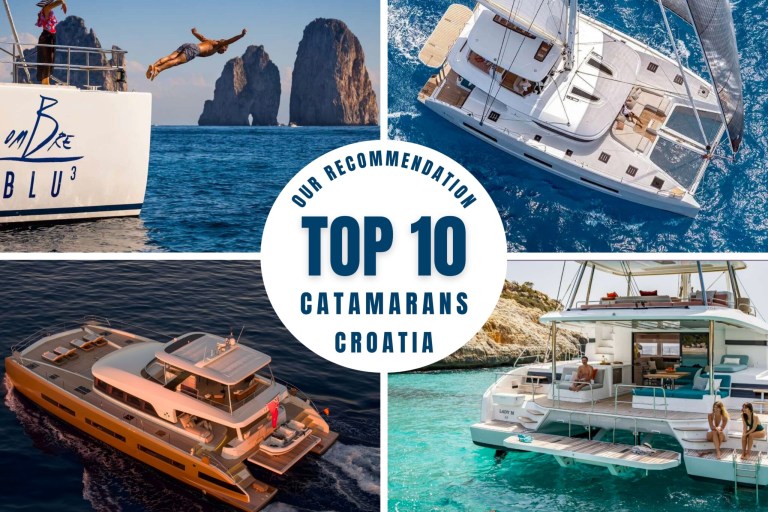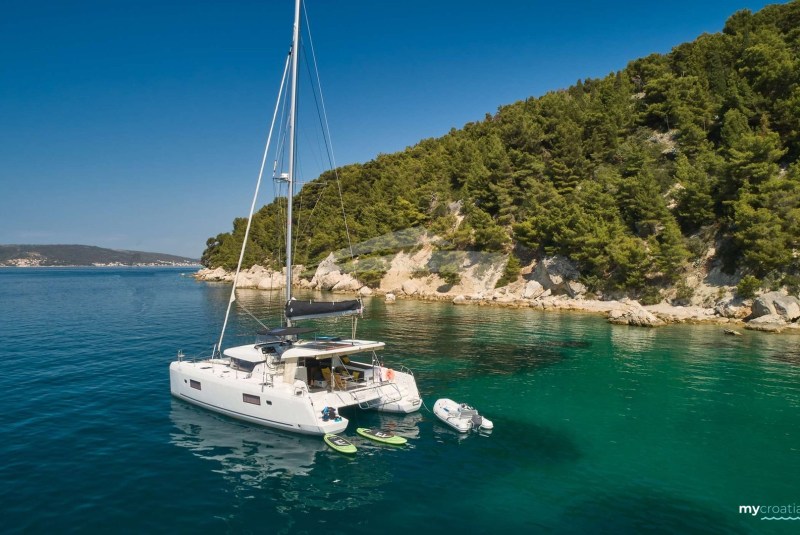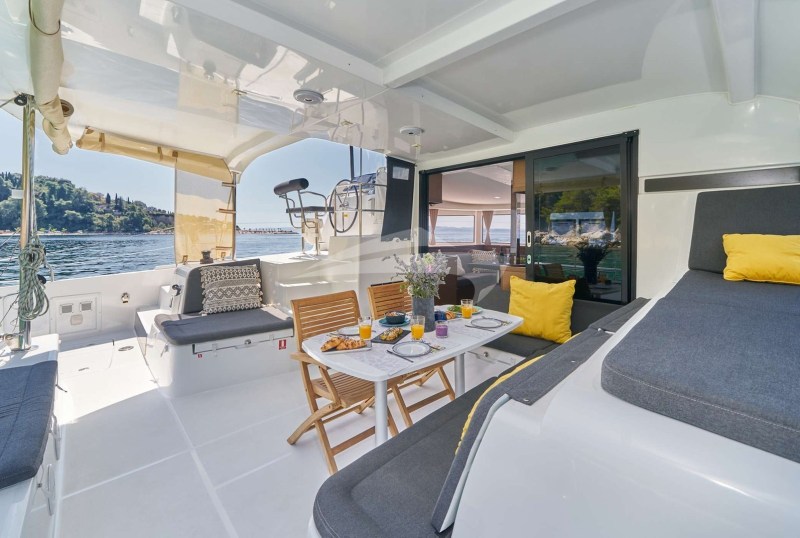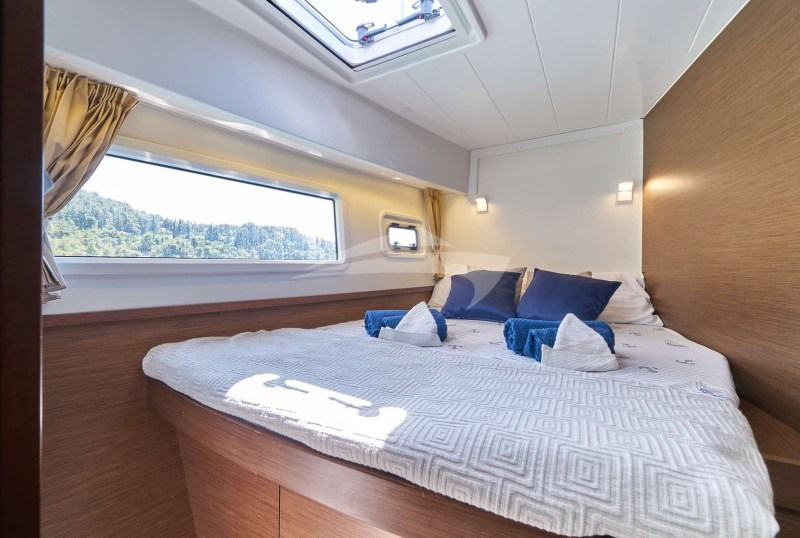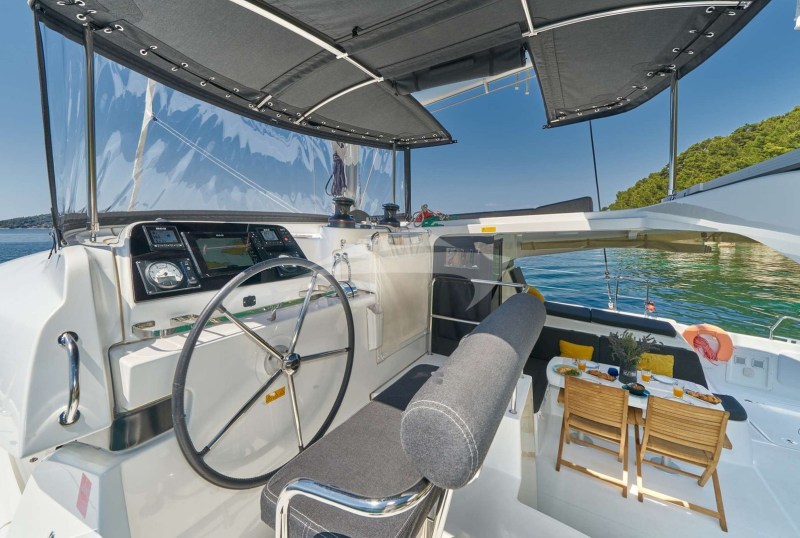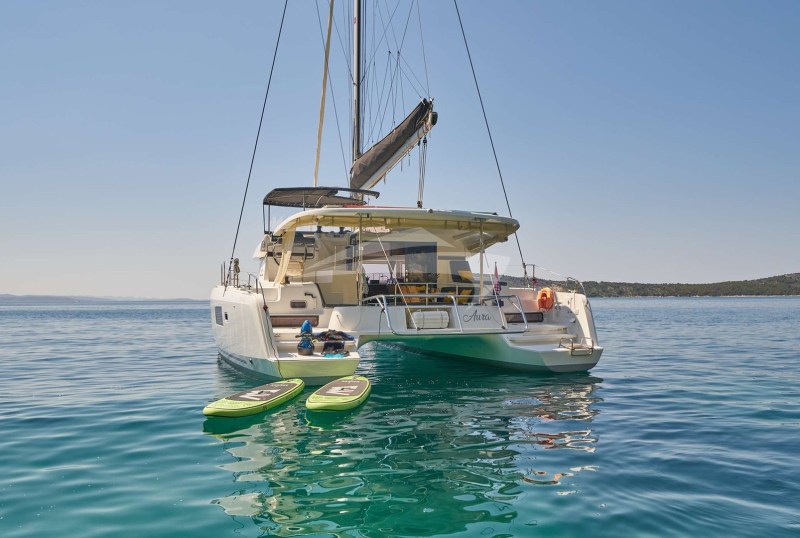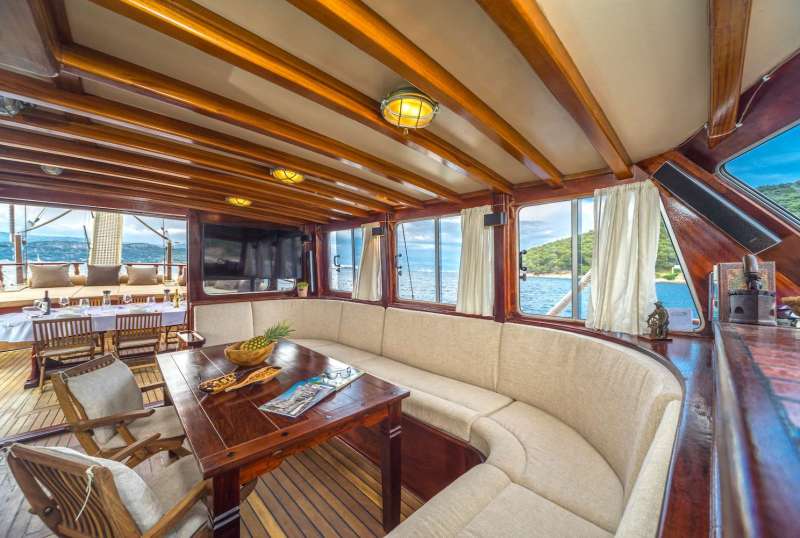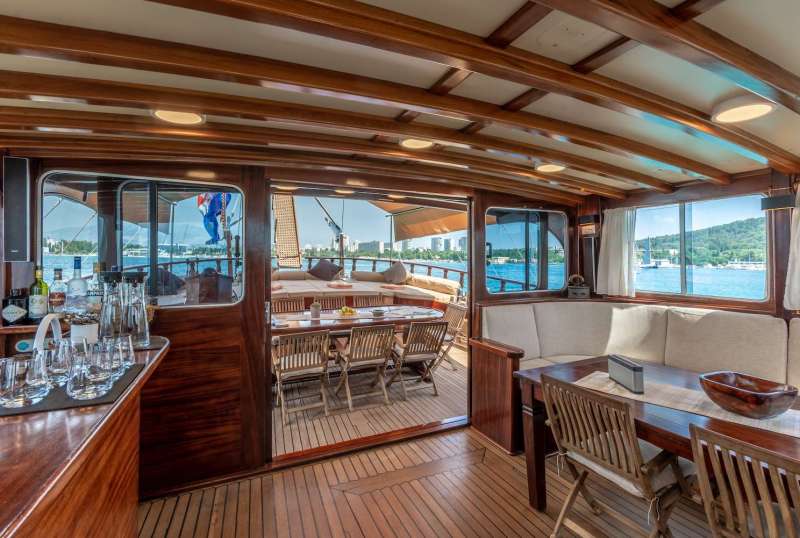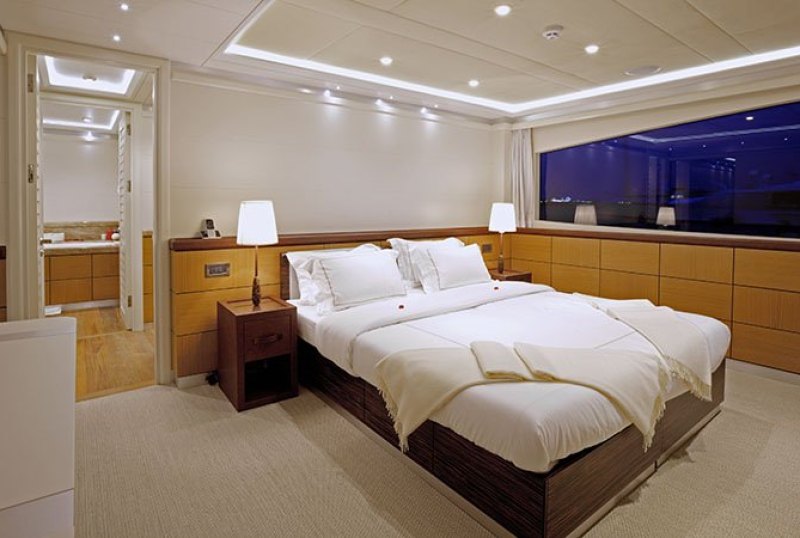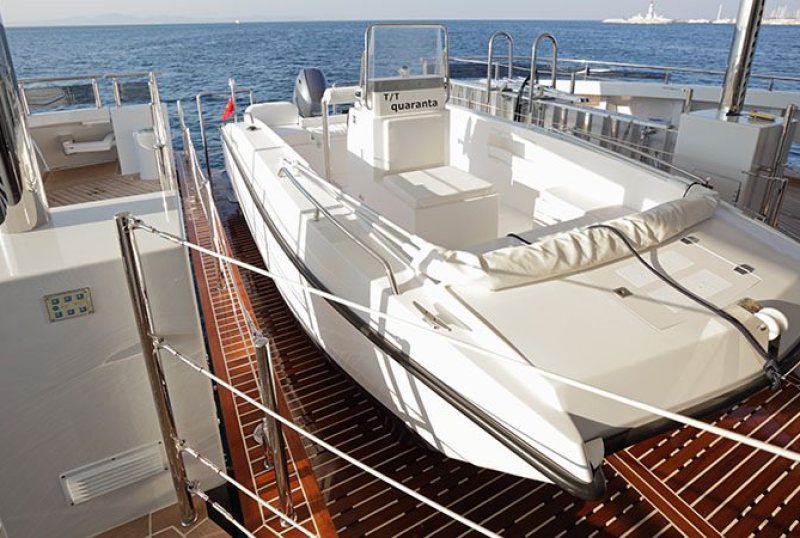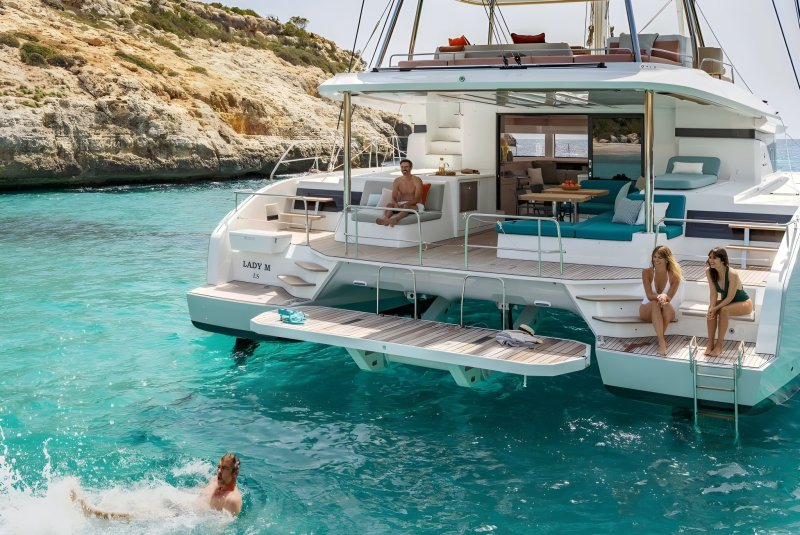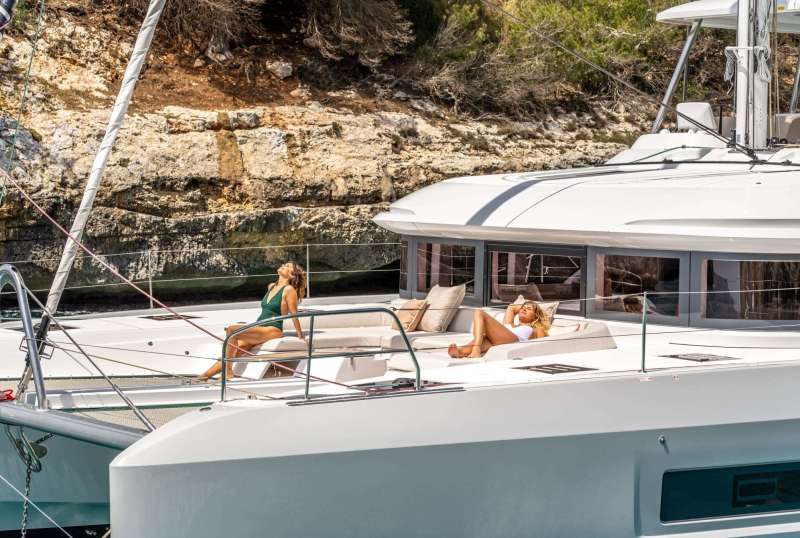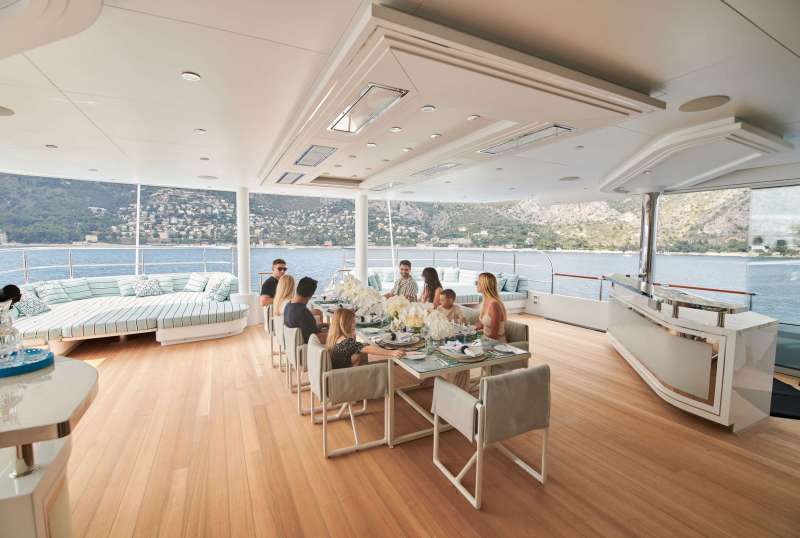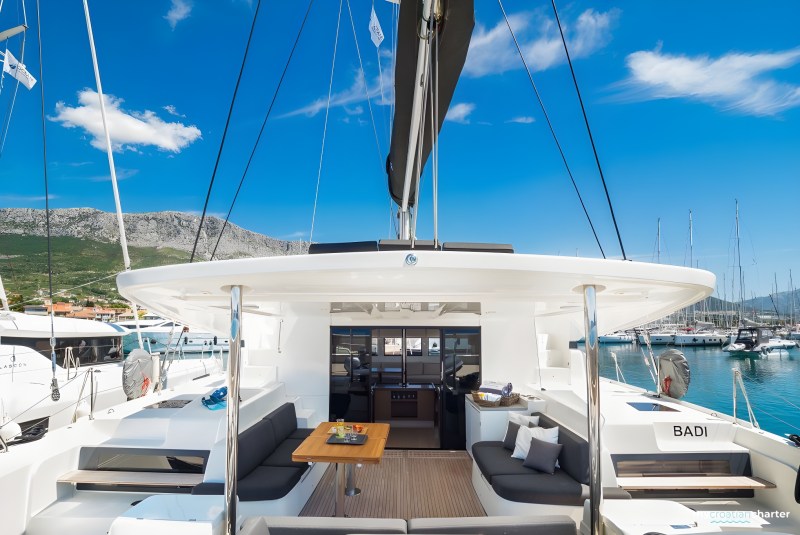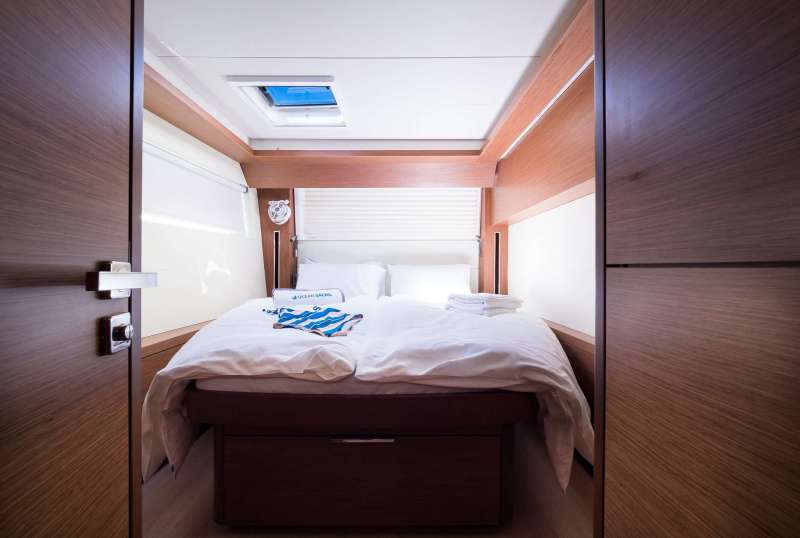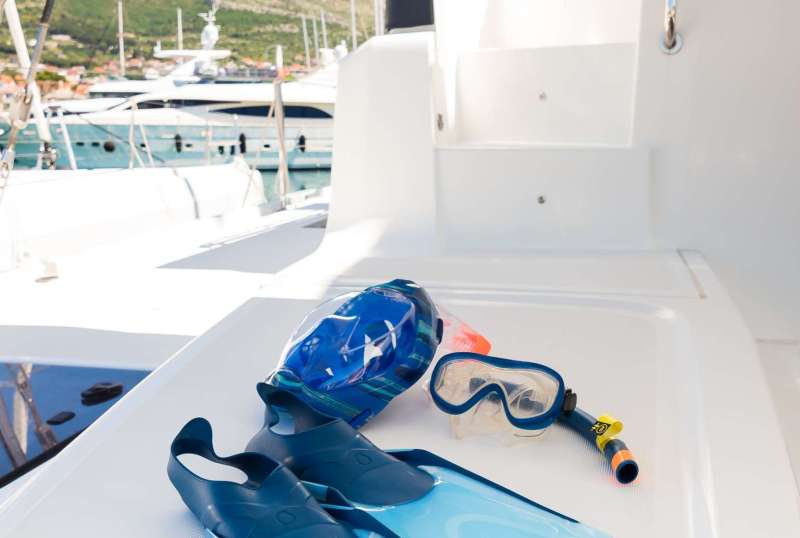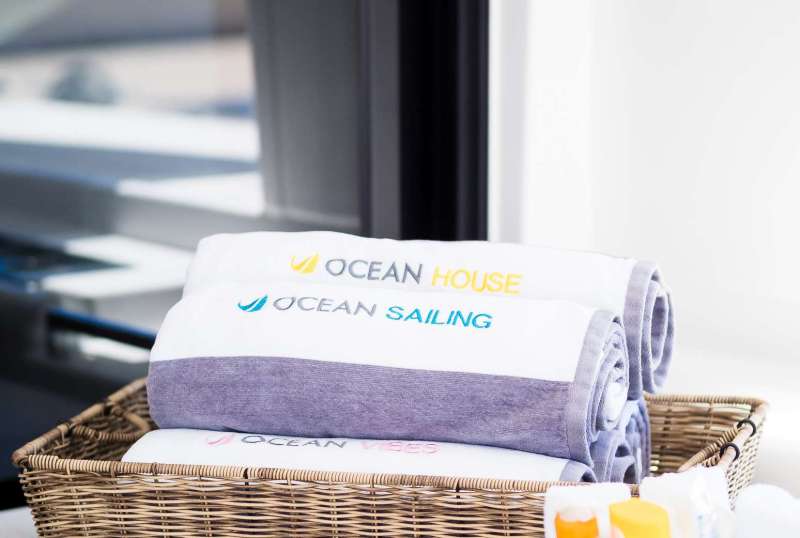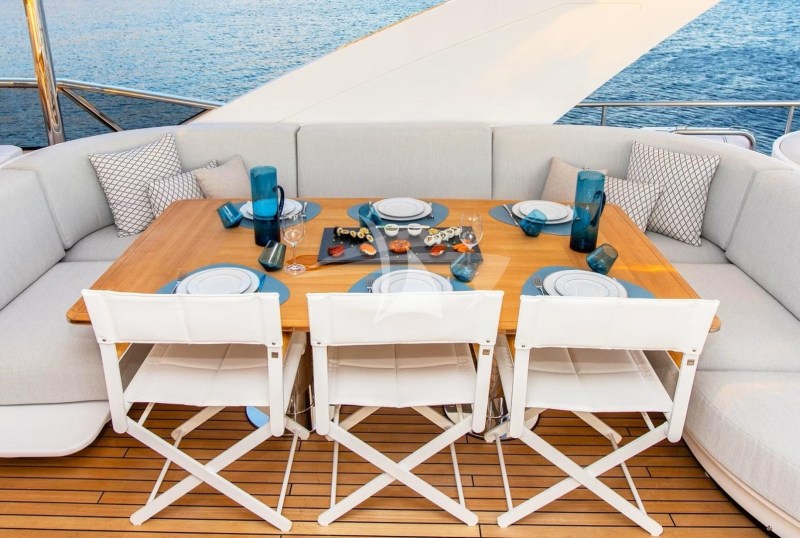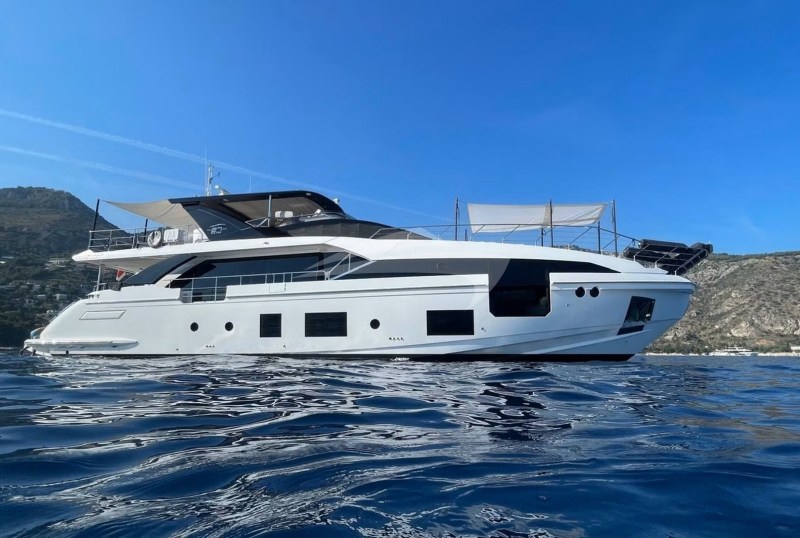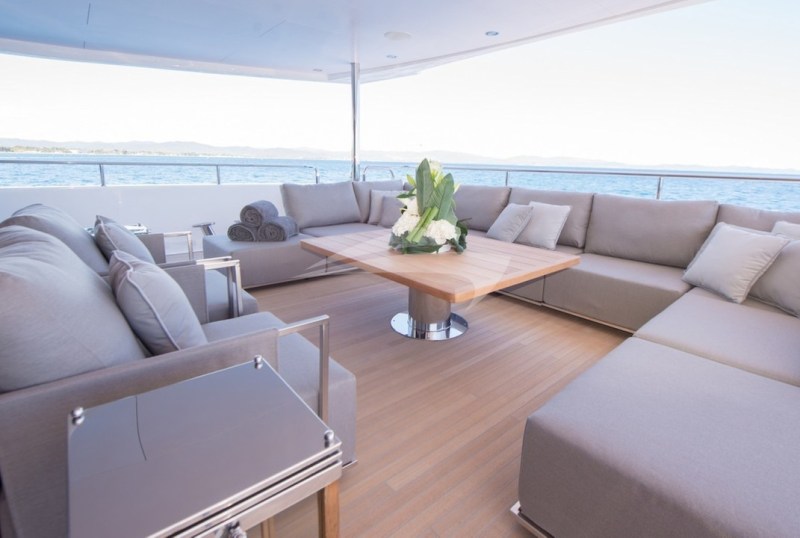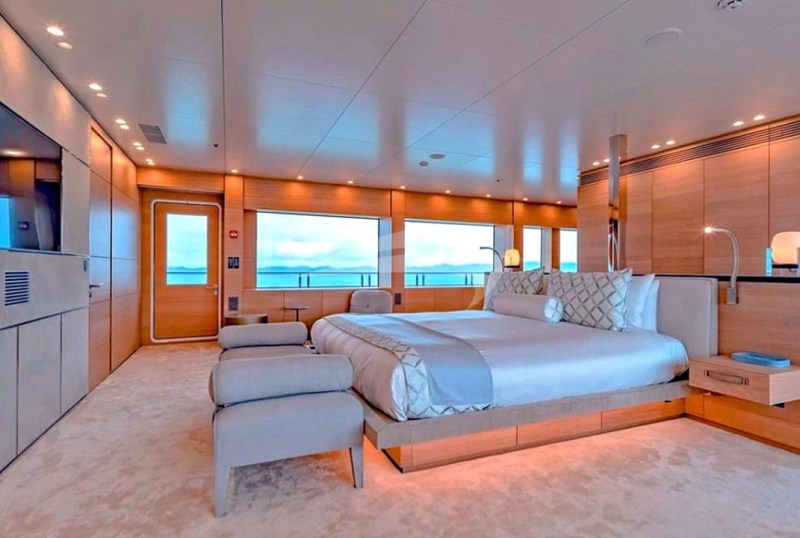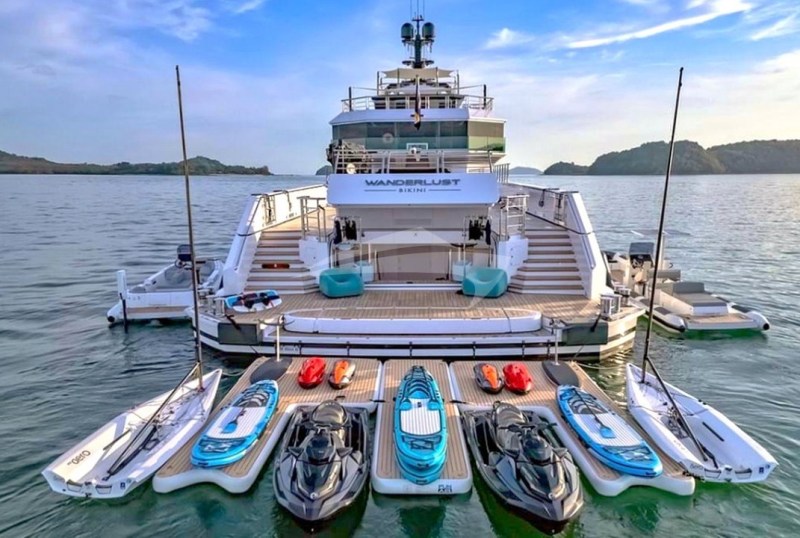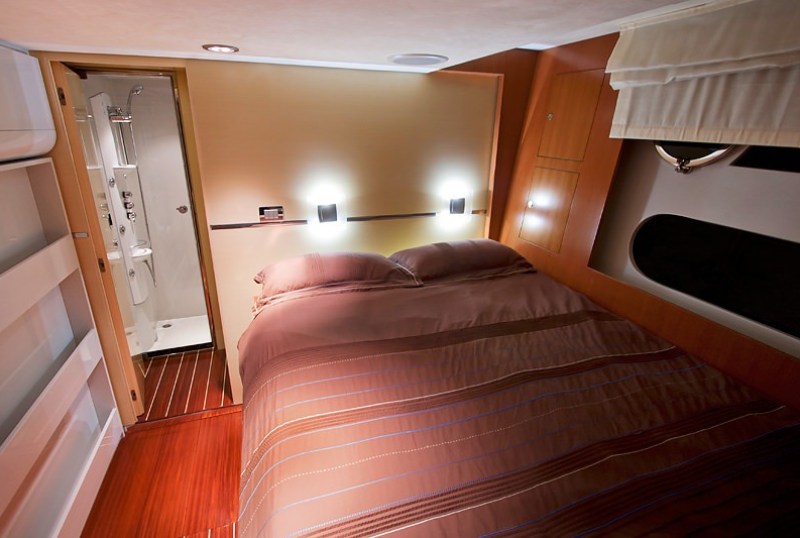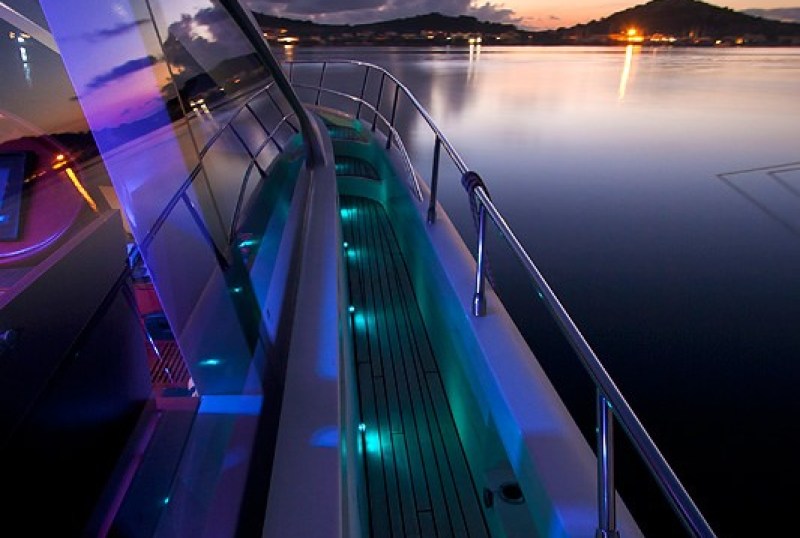Split Yacht Charter Guide
Why Start Your Yacht Charter in Split?
-
Multiple marinas with the largest yacht charter fleet in Croatia
-
Central position in Dalmatia, ideal for round-trips and one-way charters to Dubrovnik
-
UNESCO-listed old town steps from the marina
-
Easy access to anchorages, beaches, and nightlife
-
Split International Airport is just 30 minutes away.
Highlights of Split?
Diocletian’s Palace
This 4th-century Roman fortress is the heart of the old town — and one of the best-preserved Roman structures in the world. You can stroll through its courtyards, dine in restaurants tucked into ancient walls, or book a private walking tour.
Marjan Hill & Park
A great spot for a morning hike or sunset viewpoint, just a short drive or e-scooter ride from the marina.
Ivan Meštrović Gallery
A peaceful museum featuring works by Croatia’s most famous sculptor, with views over the sea. Ideal for a quiet escape from the crowds.
Cathedral of Saint Domnius
Climb the bell tower for panoramic views over Split and your anchored yacht.
Top Restaurants in Split
Zoi – Fine dining with sea views, located in the palace walls
Dvor – Romantic terrace restaurant overlooking the Adriatic
Fig Split – Creative brunch and vegetarian options
Bokeria Kitchen & Wine – Trendy spot with Mediterranean fusion
Best Yacht Charter Itineraries from Split
Best Yachts in Split Right Now
Nearby Yacht Charter Destinations from Split
Related Posts
The anchorages on Split:








